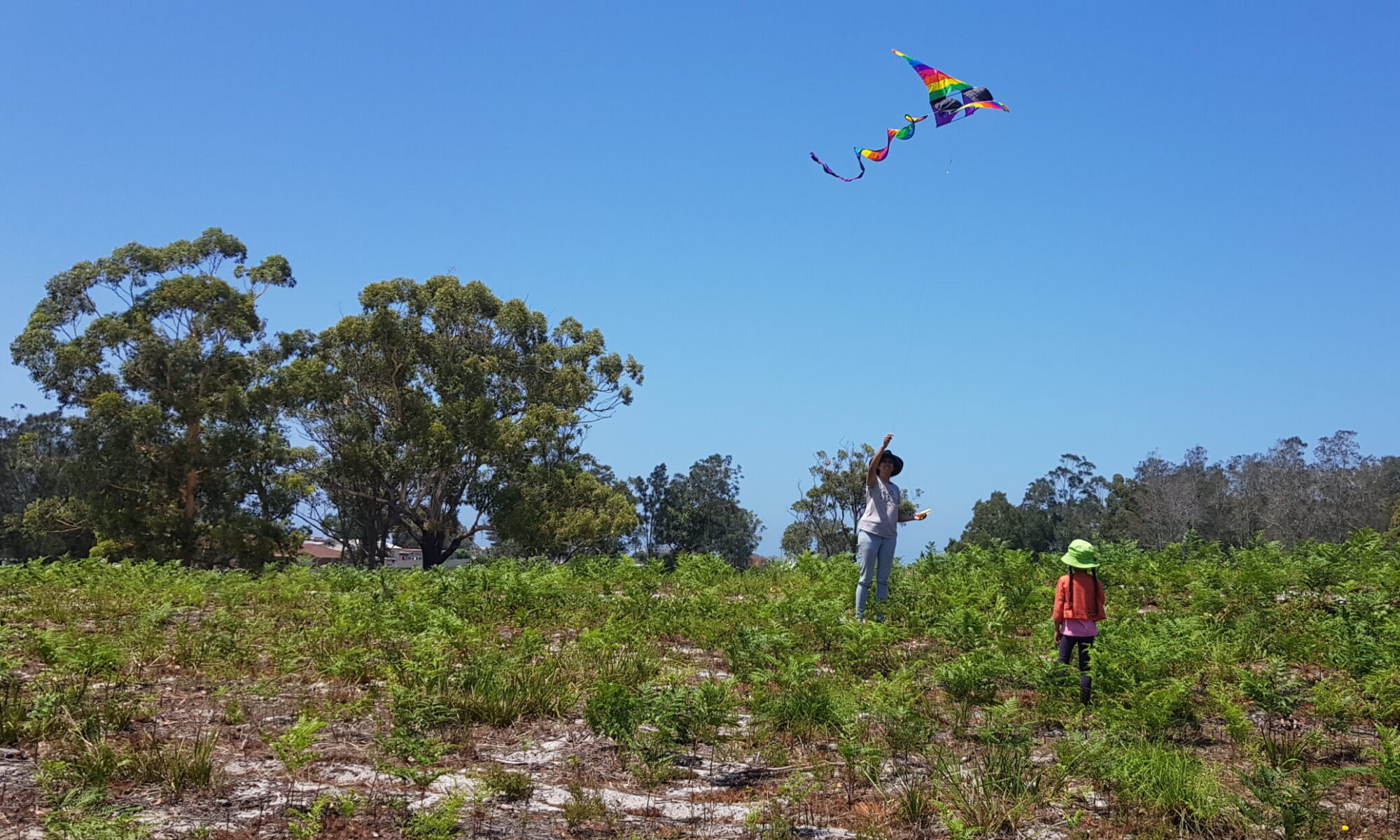Farm waste water plan is to use composting toilets, black-water and grey-water recycling systems, wherever feasible, to reduce water usage, be ethical and recycle nutrients and water to plants.
See: Composting Toilet Document
Composting Toilets
See Composting Toilet post.
OSSM
MidCoast Council: On-Site-Sewage-Management . You’ll need an OSSM (Onsite Sewage Management System), which include:
- traditional septic tanks
- pump-out systems
- aerated wastewater treatment systems
- composting units (see: Composting Toilet)
- reed beds, sand filters and mounds.

Sand Filters
Effluent treated in a sand filter may be suitable for sub-surface irrigation of landscaped areas or for discharge to a constructed wetland area. Sand filters capture suspended solids and provide an aerobic environment which encourages friendly bacteria that digest waste and reduce pollution.

Wetland Treatment Systems
Reeds and other water loving plants are grown in high quality soil in a shallow pit sealed with a waterproof membrane. The effluent flows through the soil and treatment is facilitated by friendly bacteria that colonise the root zone. Some wetland systems use rocks and sand as a growing medium, instead of soil.

The effluent from reed beds can be directed to a standard absorption trench or
may be pumped to a Sand Filter and ultra-violet light disinfection unit for
discharge to a drip irrigation system.
Sizing
Each treatment tank should hold the volume of waste water produced per day, filtered inbetween tanks over 5 days.
What to Plant
See page 39 – What to plant in wastewater irrigation areas on the Midcoast Council PDF: Septic Safe – The Easy Septic Guide.
Some interesting planting options may be:
- Leptospermum Tea Tree shrub species may also function similar to manuka medicinal Honey, bee production.
- Leptospermum flavescens
- Leptospermum juniperinum
- Leptospermum lanigerum
- Leptospermum squarrosum
- Melaleuca paperbark species native to site already in situ.
- Lemongrass? Also anti mosquito
- Lavender
Other options may include non-food crops such as:
- Comfrey, Symphytum Officinale: is a PERENNIAL growing to 1.2 m (4ft) by 0.6 m (2ft in) at a fast rate. As green manure fertiliser production.
- Vetiver:

